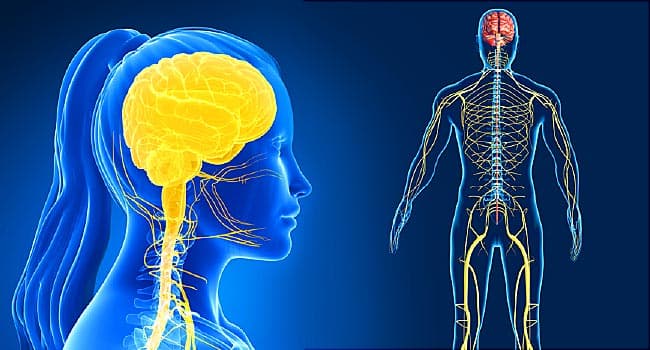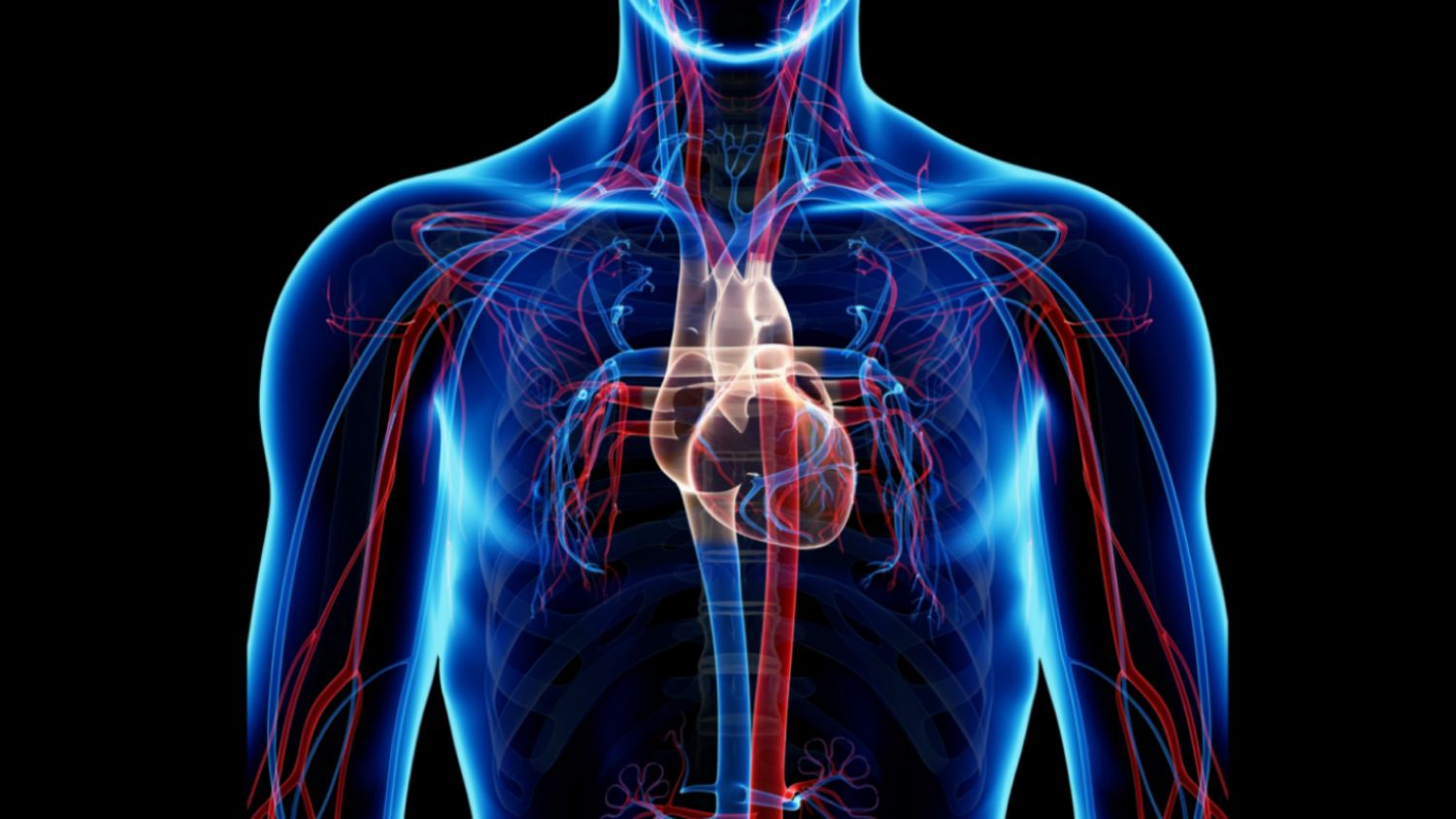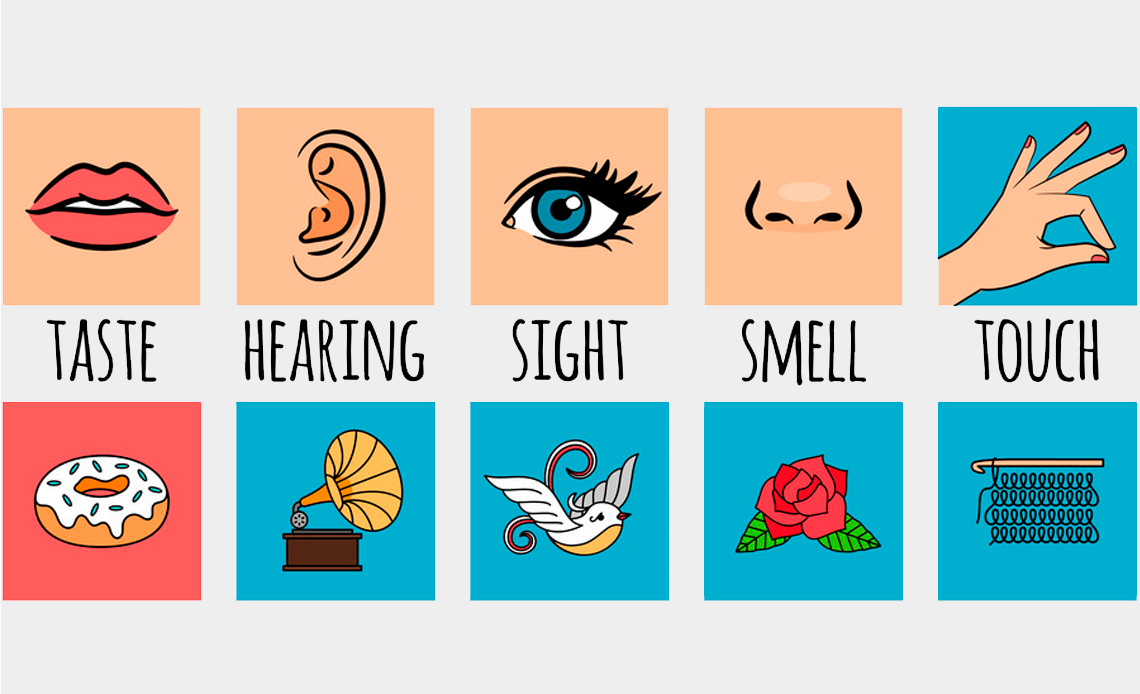As you read this article, hold your hand out in front of you. Now, wave hello at yourself. Okay, now tap yourself on the head. All right, now lets try this same experiment again, only this time we will do it a little differently. Put your arm down. Now look at your other arm. Say out loud ‘Move Arm’. Don’t move it, just tell it to move. Did it move?
Why not? How does our arm know when you want it to move? Our experiment shows that your arm does not understand spoken commands. So what does it understand? What tells it to move. If you think it is your brain, you are correct.
But wait a moment. Your brain is clear up in your head, while your arm is clear down on your body. How does your brain talk to your arm? Somehow they must be connected. The connection between your brain and your arm, as well as every other part of your body is known as your nervous system.
The Power Lines of Your Body
How are messages transmitted along your nervous system? Interestingly enough, messages travel from your brain to your various body parts via electricity, in much the same way cable television signals travel from the cable company to your house, or in the same way that this web page traveled from our web servers to your computer.
Are your Synapses Firing?
Remember that the cells making up your nervous system are called neurons. Neurons are connected to other neurons, as well as to other tissues within the body via synapses. The location where a neuron connects to another cell is called a synapse.
Synapses
When a message is transferred through a neuron it passes to the next neuron via an amazing fast chemical and electrical reaction. Because of its lightning speed, it is often said that a person’s synapses are firing when they are in deep thought. Regardless of whether you are solving a problem, or taking a nap, your synapses are always busy transporting messages.
The Central Nervous System
The Central Nervous System is made up of your brain, and your spinal cord. It is the main control center of your body, and the center of thought. Your Central Nervous System controls most of the actions within your body.
Do You Mind?
Your mind is a powerful and amazing organ. Its ability to calculate, control and think exceeds that of every computer on Earth put together. Your brain has three main parts. They are the Cerebrum, the Cerebellum, and the Brain Stem.
Cerebrum
The largest portion of your brain is called the cerebrum. Your cerebrum is responsible for all the voluntary processes that you do each day, including thought. Voluntary means that you want to do something, or that you decide to do something, like hold your hand in the air, wave to yourself, and tap yourself on the head. As you do these actions, your cerebrum sends electrical messages out to your body using the neurons of your nervous system. When the message reaches your arm, your muscles obey, and do as they are instructed.
Your cerebrum is broken into two sides, a left side and a right side. Interestingly, each side of the cerebrum seemingly controls the opposite side of the body. That is to say that the left side of your cerebrum controls the right side of your body, while the right side of your cerebrum controls the left side of your body.
Hemispheres of the Brain
Some studies have suggested that the left side of your cerebrum is responsible for problem solving, and analytical thought, while the right side of your cerebrum is responsible for creative thought.
Cerebellum
Your cerebellum aids your cerebrum in the task of moving your muscles. It helps to maintain balance, moving the muscles you don’t think to move, as you make your arm wiggle around. This allows you to move about smoothly, with little effort.
The Brain Stem
Your brain stem sites at the base of the brain, and connects it to the spinal cord. The brain stem controls the flow of information between the brain and the rest of the body, and also controls many of the involuntary movements that your body does, every single day.
The Information Super-Highway
Like a powerful broadband Internet connection, your spinal cord can move a lot of data very quickly. Its job is to carry messages to and from the body to the brain. There are 32 different nerves that connect directly into the spinal cord, and that branch outward towards the rest of the body. Reflexes are processed directly in the spinal cord, allowing you to respond very quickly to danger, without wasting time thinking about what you should do.






